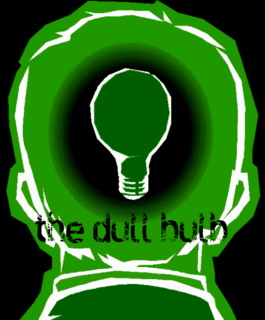 Need computer hardware? The best place for it is newegg.com. I have purchased a handful of products from newegg over the years. Back in the day when I used to build desktop computers, I purchased a lot of things from newegg.com. I have rarely been able to find better deals elsewhere. The company is based out of Industry, California. Here is an exerpt from their "about us" page:
Need computer hardware? The best place for it is newegg.com. I have purchased a handful of products from newegg over the years. Back in the day when I used to build desktop computers, I purchased a lot of things from newegg.com. I have rarely been able to find better deals elsewhere. The company is based out of Industry, California. Here is an exerpt from their "about us" page:"Newegg.com opened for business in 2001 and achieved $1.5 billion in annual sales in its first 6 years of operation. Inc. Magazine recently distinguished Newegg in its list of America’s 500 Fastest-Growing Private Companies. We are one of four companies in the list’s 25-year history to qualify on growth merits while also recording $1+ billion in annual sales."
It is a very legitimate, fast-growing company. I have NEVER had a problem with the site, shipping, or any of the products I purchased. The site is very easy to use. It always provides a lot of options for any type of hardware. So, let's do a little shop and compare. Let's say I am in the market for memory. That is a real common need amongst computer owners (especially if you own Vista). Let's say I own an HP Pavilion dv6700t series and want to really upgrade to 4gb of RAM. This computer needs PC2-5300 RAM. I also type in 4gb so that I narrow my options to what I really want. I know that the computer has only two slots (as is common with most laptops) and so I need 2x2gb cards. So, I enter in that info and search (right click the link and open it in a new tab so that you can follow along with me). The least expensive products are around $70. That seems pretty good, but lets check with Bestbuy.com to compare. Here are my results from Bestbuy.com. The cheapest option there is $349.99. Hmmm, a bit of a difference. Okay, so lets just do a search on Google and see what product results we find there. Here are the results. The cheapest, that's not found on ebay, is around $75 and from newegg.com and buy.com.
There you have it, newegg offers a great deal on hardware that anyone can get behind. So get behind it. Check it out and search for things that you may need or want for your computer.

































